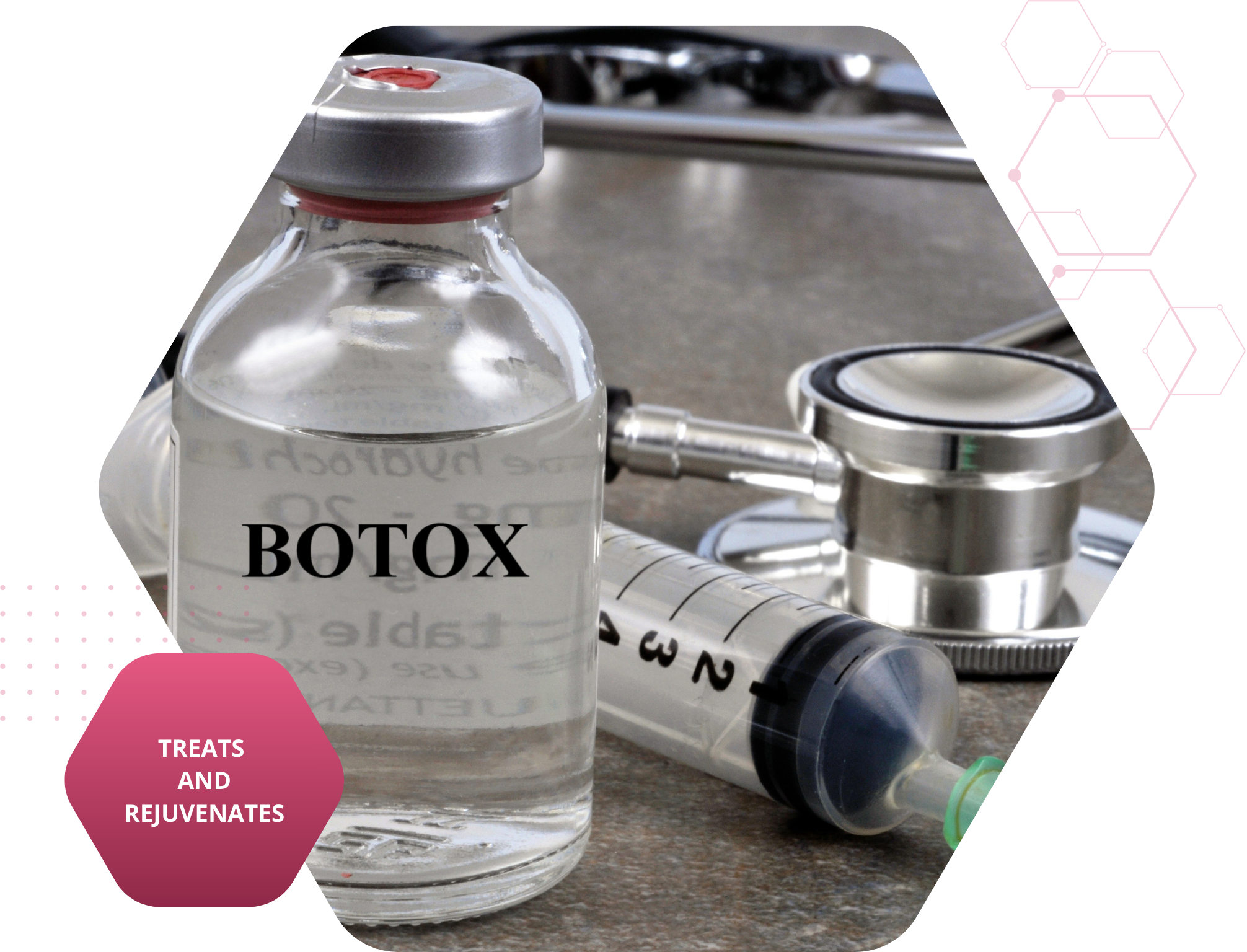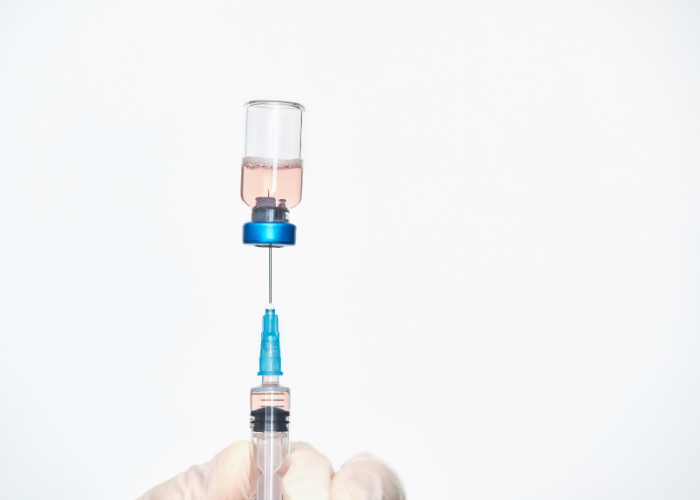Medical Uses of Botox
Botox is not just about aesthetics. In medicine, it plays an important role in treating:
Muscle Spasms
That is: involuntary, painful muscle contractions that can affect various parts of the body. They are often a symptom of electrolyte imbalances, magnesium deficiency, or neurological issues.
Dystonia
Chronic, abnormal muscle contractions leading to twisting movements and abnormal body posture. Dystonias can be focal (e.g., cervical dystonia) or generalized.
Chronic migraines
Botox helps reduce the number of migraine attacks in patients who experience headaches more than 15 days a month.
Excessive sweating (hyperhidrosis)
Especially in the areas of the armpits, hands, or feet. By blocking the nerves responsible for activating the sweat glands, Botox effectively eliminates this problem.
Neurological disorders
Such as blepharospasm (involuntary eyelid spasms) or hemifacial spasm, which may result from nerve damage, brain dysfunction, or the effects of certain medications.
Aesthetic Uses of Botox
In aesthetic medicine, Botox is extremely popular as a non-invasive method for:
Smoothing of expression wrinkles
Especially in the forehead area, between the eyebrows (the so-called "frown lines"), and around the eyes ("crow’s feet"), this is usually done using botulinum toxin, which temporarily relaxes the muscles responsible for their formation.
Facial contouring
For example, eyebrow lifting, lifting the corners of the mouth, or correcting a "gummy smile" allows subtle enhancement of facial proportions and expression, often using botulinum toxin or hyaluronic acid, depending on the patient’s needs.
Reduction of so-called “smoker’s lines”
These are fine wrinkles above the upper lip. The treatment involves smoothing this area using botulinum toxin, hyaluronic acid, or laser therapy, which restores the skin’s smoothness and a more youthful appearance.
Non-surgical face lifting
So-called "baby Botox" is a procedure that involves administering smaller doses of botulinum toxin at multiple points on the face, allowing for a subtle, natural smoothing and rejuvenating effect without losing facial expressions.


